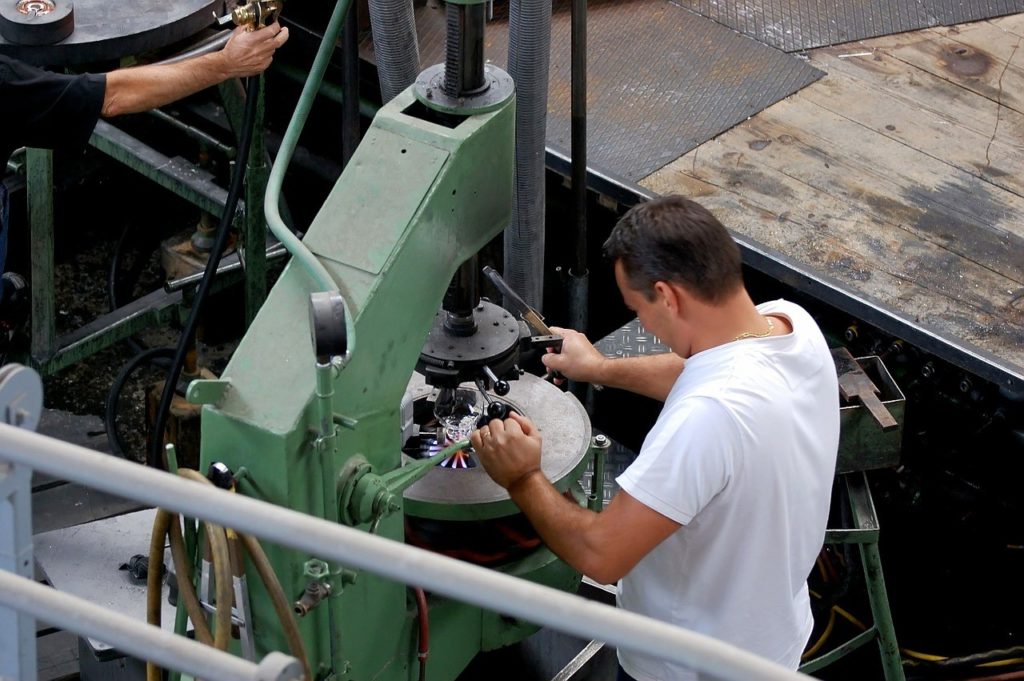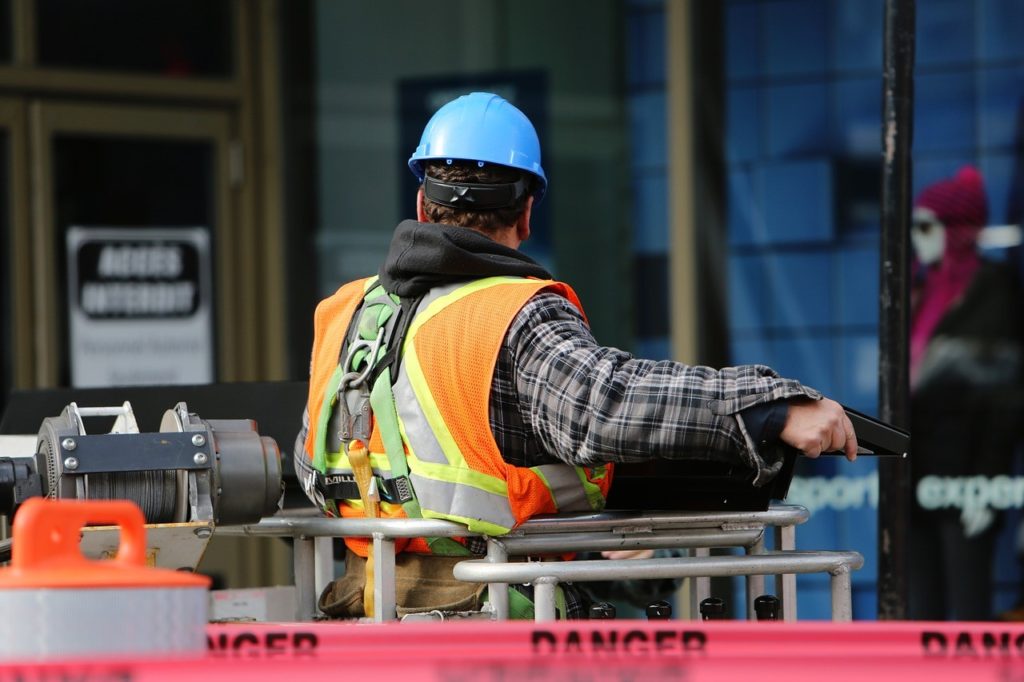 As coronavirus (COVID-19) spreads through the United States, more individuals are going to be exposed to the virus at work. Those individuals who are exposed at work should definitely pursue workers’ compensation claims if they contract the virus.
As coronavirus (COVID-19) spreads through the United States, more individuals are going to be exposed to the virus at work. Those individuals who are exposed at work should definitely pursue workers’ compensation claims if they contract the virus.
The reason that workers’ compensation should be pursued is that, if workers’ compensation is granted, the system will cover all of the medical bills related to the condition and payment for time off related to the condition (without using up sick time or vacation time). Moreover, in the very unfortunate situation that significant complications arise from coronavirus, workers’ compensation should cover treatment related to those complications and will pay dependents compensation in the extremely unfortunate situation where work-related coronavirus leads to death.
The following professions are just some of the fields where exposure to coronavirus is most likely to occur. If you contract the coronavirus and think that you may have been exposed at work, contact The Harris Firm today to see how you should proceed with your workers’ compensation claim:
Medical Personnel: Medical professionals are at the most obvious risk for contracting coronavirus at work. While most medical facilities are taking significant measures to prevent employees from being exposed, the experience of medical professionals in the countries where this virus has spread prior to reaching the United States demonstrates that many medical professionals will contract the virus. Doctors, nurses, paramedics, EMTs and anyone else involved in the health care industry is likely to have significant interaction with sick patients. If you work in any of these fields and contract the virus, you are likely to have a workers’ compensation claim. [Read more…]

 Coronavirus is currently spreading across the globe. As of the date of this article, it has yet to reach the United States in significant numbers, but it appears like a more widespread outbreak may be on the horizon. Individuals have a wide variety of exposure risks when it comes to coronavirus. Many of those risks are work-related. In those cases, the persons who contract coronavirus should be pursuing workers’ compensation claims.
Coronavirus is currently spreading across the globe. As of the date of this article, it has yet to reach the United States in significant numbers, but it appears like a more widespread outbreak may be on the horizon. Individuals have a wide variety of exposure risks when it comes to coronavirus. Many of those risks are work-related. In those cases, the persons who contract coronavirus should be pursuing workers’ compensation claims. If you work in a construction work zone in or around Cincinnati, OH, you know how dangerous your job is. When you put on your hard hat each day, you put your life on the line to improve our communities’ infrastructure.
If you work in a construction work zone in or around Cincinnati, OH, you know how dangerous your job is. When you put on your hard hat each day, you put your life on the line to improve our communities’ infrastructure. Serious injuries may put an employee’s working future at risk. Younger employees have a lot of time before retirement, so an injury can affect those workers far into the future. The amount of time left in a young worker’s expected career means the stakes of addressing a
Serious injuries may put an employee’s working future at risk. Younger employees have a lot of time before retirement, so an injury can affect those workers far into the future. The amount of time left in a young worker’s expected career means the stakes of addressing a 